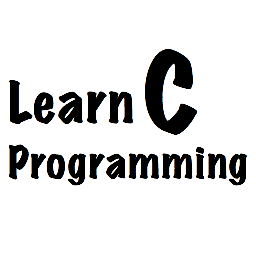Explain any five DOS function calls supported by INT 21H in the 8086 assembly language with an example of each call. 10m jun2006
(d) Explain, with an example of each call, any five DOS function calls supported by INT 21H in the 8086 assembly language. 10 DOS Function Calls (Using INT 21H) INT 21H supports about 100 different functions. A function is identified by putting the function number in the AH register. For example, if we… Read More »


